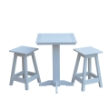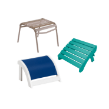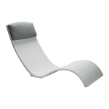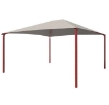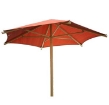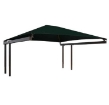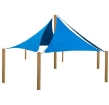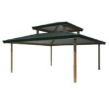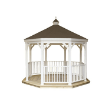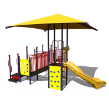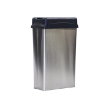Transform your public parks into inviting spaces by ensuring your park benches are installed with maximum comfort and accessibility in mind. From the initial planning stages to final placement, following best practices guarantees that these benches will serve your community effectively for years to come. Discover the essential considerations for creating welcoming and durable seating that caters to residents of all ages and abilities!
Comments (0)RSS
Blog posts of '2023' 'December'
Maximize the lifespan and effectiveness of your concrete bollards with essential maintenance and protection tips! Proper care and protective measures can ensure that these sturdy barriers remain resilient against wear and tear for decades. Dive into our guide to discover how to keep your concrete bollards in optimal condition and enhance their durability today!
Comments (0)Ensure your bike racks remain safe and functional with our essential maintenance tips! Regular care not only extends the lifespan of these vital structures but also enhances the overall user experience for cyclists. Read our article to discover simple yet effective strategies for keeping your bike racks in top-notch condition!
Comments (0)Transform your existing spaces into cyclist-friendly zones with our practical guide on retrofitting bike racks! Discover the numerous benefits of adding secure bike parking and learn how to plan effectively for a successful installation. Don’t miss out—read on to unlock the potential of your location and enhance accessibility for all cyclists!
Comments (0)Unlock the potential of your commercial property by exploring the various types of bike racks available! Providing secure and convenient bike parking not only promotes sustainability but also encourages healthier lifestyles among your employees and customers. Read on to discover the best options for creating a bike-friendly environment and learn about the essential features to consider for your investment!
Comments (0)Join the movement toward sustainable urban transport by discovering the crucial role of bike racks in transforming our cities! By providing convenient and secure parking for cyclists, cities can significantly reduce traffic congestion and lower CO2 emissions. Dive into our article to learn how bike racks not only promote cycling but also foster a healthier, greener environment for everyone!
Comments (0)Before installing bike racks in your city, it's essential to understand the legal and zoning considerations that can impact your project. Complying with zoning laws and regulations ensures your bike racks not only enhance urban aesthetics but also meet necessary legal requirements. Explore our article to discover key considerations and best practices for navigating bike rack codes to create a functional and compliant cycling infrastructure!
Comments (0)As cycling becomes an increasingly popular mode of transportation in modern cities, the need for effective commercial bike racks has never been more critical. These essential facilities not only enhance public safety and convenience for cyclists but also demonstrate a community's commitment to sustainability and livability. Dive into our article to learn how strategically placed commercial bike racks can transform urban environments and support a thriving cycling culture!
Comments (0)Protecting your bike from theft starts with knowing how to properly secure it to a bike rack. In our step-by-step guide, you'll discover essential tips for effective locking techniques, the best types of bike racks to use, and common mistakes to avoid. Click to read more and ensure your bike stays safe while you enjoy your time away!
Comments (0)Are you ready to enhance your community's cycling experience? Our comprehensive Bike Rack Buyer’s Guide provides essential insights into choosing the right bike racks for parks, trails, and busy outdoor venues. Discover key factors like durability, security features, and installation tips to ensure your bike racks meet the needs of every cyclist—read on to make an informed decision!
Comments (0)Blog search
Blog archive
- 2025
- 2024
- 2023
- 2022
- 2021
- 2020
- 2019
- 2018
- 2017


















